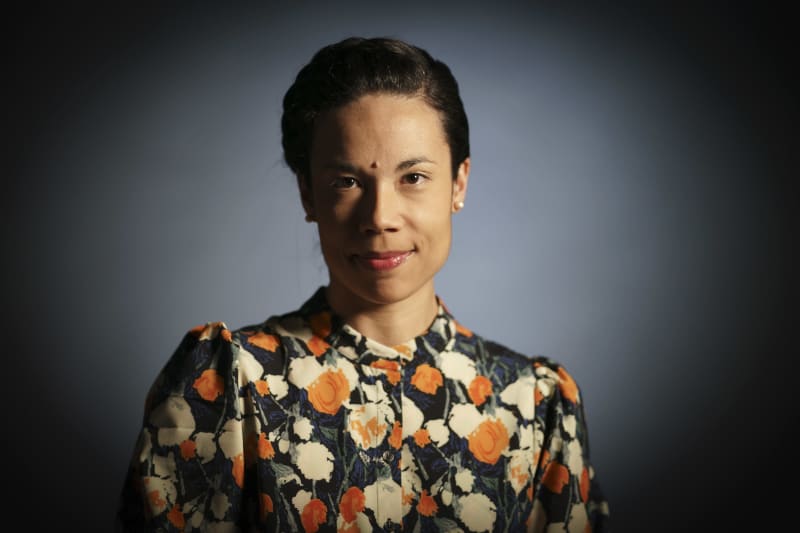Dressed in a fluffy plush suit, Harri Hylje has been delighting child passengers and families on Swedish ships for thirty years. What does the well-being of Finns look like through the eyes of a cruise mascot, Shadia Rask ponders.
I got interested and clicked, because I myself was going on a cruise to Sweden with a family of friends. As a demographer, I expected that the story would contain observations about the well-being of Finnish families based on the mascot costume, or some kind of in-depth analysis of the change in holiday culture.
The story took its target a little more casually. The most important \”reveal\” was that the reporter got into Harri Hylke’s cabin.
But still – Harri has been observing the flow of tourists for 30 years. If the cruise mascot were to walk through the ship’s corridors with the eyes of a population researcher, where would the eye catch?
On the other hand, Finns’ total alcohol consumption has decreased by almost a fifth since 2007. Harri doesn’t spend time in ship bars either, so his perception of well-being would probably have been something else.
Harri might notice the discrepancy between the holiday moniker and reality. The Insta photos show wonderful colors and balloons spinning in a sea of balloons. The outside of the pictures has been delineated from scuffing, chattering and a tightening surface.
I myself became busy with my children at the buffet – and right around the corner I bumped into a researcher colleague. Embarrassed, I wondered if he heard my snarl. I didn’t dare to ask… Congratulations only to Jenni!
Maybe Harri has noticed that Finns can afford to spend more than before. As such, the share of cultural and leisure spending in total consumption has remained similar for 30 years. Both the lowest and highest income groups spend ten percent of their total consumption on leisure time.
But an examination in euro terms reveals inequality. In 1985, the highest income group spent about 1,200 euros on leisure time; the lowest income group gets almost half of this, around 550 euros. In 2016, the highest income group already spent almost 4,000 euros on leisure time, but the lowest income group only spent a third of this, 1,300 euros.
The reason for the visual resemblance of the families on the cruise still remains puzzling. Alongside the economic and cultural explanations, one explanation can be found in who feels that they belong to the cruise.
For example, an advertising video aimed at families with children only features a straight-laced, middle-class, heteronormative family: father, mother, daughter and son. This image hardly speaks to all potential customer families.
Would Harri the seal have noticed differences between Finnish and Swedish ship passengers?
At least in Harri Hylkeen’s Disco, my child noticed something interesting. He wondered why in Finnish they sing \”pää, olkapää, PEPPU\”. But they don’t sing any bullshit in English or Swedish! Haven’t we Finns learned yet that everyone has private body parts?
We are not in the same boat.
_Shadia Rask_
You can discuss the column until 23:00 on 31 August.

